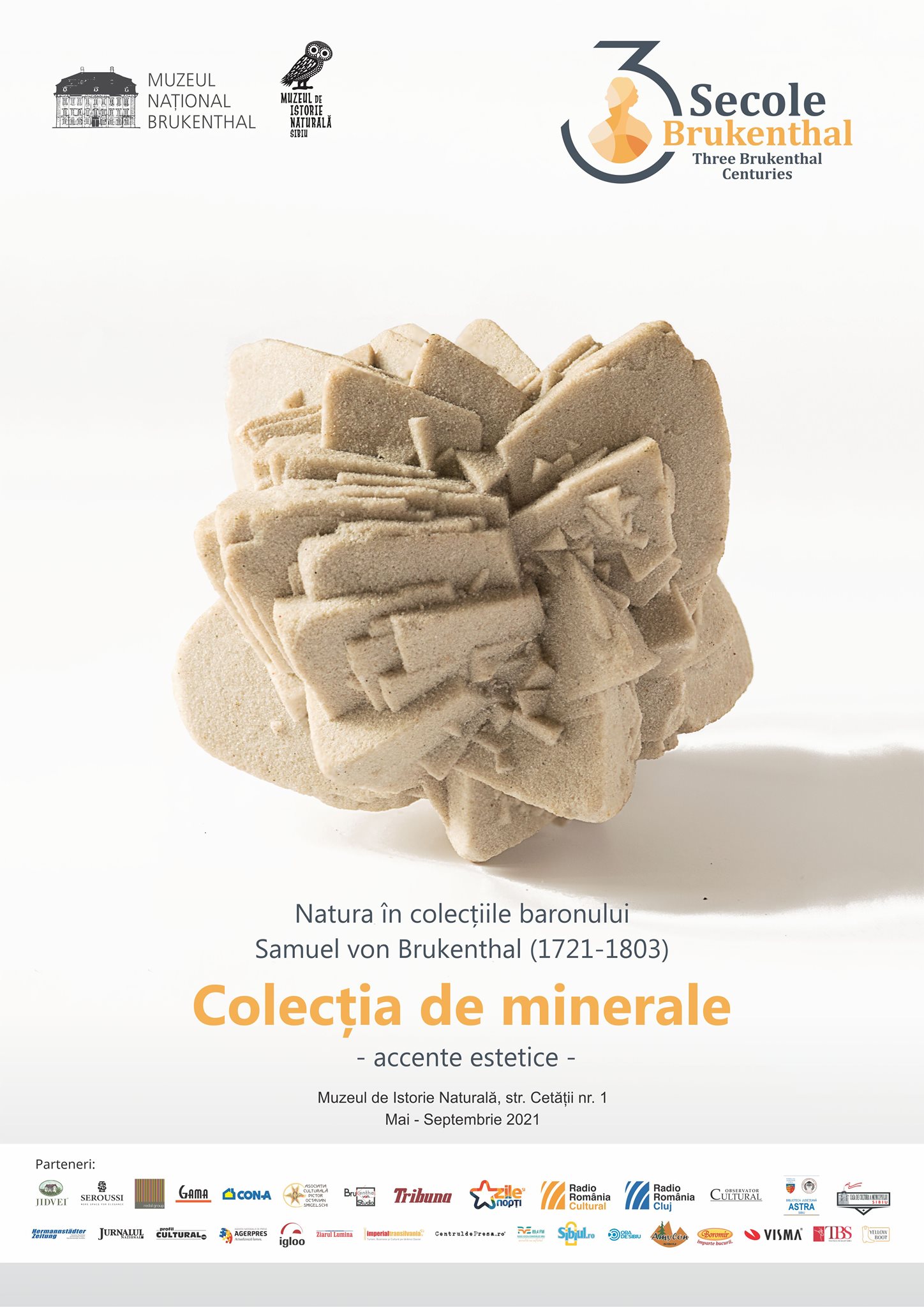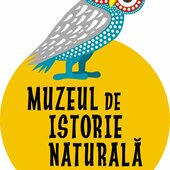
Nature in the collections of Baron Samuel von Brukenthal (1721-1803). The Mineral Collection – aesthetic accents
Exhibition
Location:
Organizer:
Dates and Hours:
About
Exhibition: Nature in the collections of Baron Samuel von Brukenthal (1721-1803). The Mineral Collection – aesthetic accents.
Location: Natural History Museum Sibiu, Multimedia Room
Duration: 5.05-30.09.2021
Curators: Dr. Nicolae Trif, Dr. Ghizela Vonica, Iulia-Maria Muntean, Ana-Maria Păpureanu
Other contributions: restorer Sasu Maria-Iulia
The event is part of “Three Brukenthal Centuries” Program
Text from the curators:
The Natural History Museum in Sibiu is the custodian of the mineral-petrographic collection of Baron Samuel von Brukenthal (1721-1803), initiated in 1780, which includes samples collected and purchased mostly from the "Gold Quadrangle" from the Apuseni Mountains (Săcărâmb, Baia de Arieș, Măgura-Toplița, Băița Crăciunești, Roșia Montana etc.), the Trascăului Mountains, the Poiana Ruscă Massif, the metallogenetic area of Băii Mari, the Rodna deposit but also from other geographical areas on the current day Romanian territory. The collection was enriched by Josef Carl Eder (1760-1810), the custodian of the collection, until the death of the baron.Among the collected items, a special place is given by samples of rhodochrosite, gold-silver telluriums (silvanite, krennerite, nagyagit) discovered for the first time in the world, in Romania, at Baia de Arieș and Săcărâmb. The scientific and documentary-historical patrimonial value of the collection is indisputable. Visitors will have the opportunity to see 120 pieces from this unique collection on display, available only at the commemorative events dedicated to Baron Brukenthal.
This time the exhibition focuses less on diversity but more on aesthetics, many samples are exhibited for the first time precisely in view of the desire to give the public the opportunity to see the most beautiful specimens.
Location: Natural History Museum Sibiu, Multimedia Room
Duration: 5.05-30.09.2021
Curators: Dr. Nicolae Trif, Dr. Ghizela Vonica, Iulia-Maria Muntean, Ana-Maria Păpureanu
Other contributions: restorer Sasu Maria-Iulia
The event is part of “Three Brukenthal Centuries” Program
Text from the curators:
The Natural History Museum in Sibiu is the custodian of the mineral-petrographic collection of Baron Samuel von Brukenthal (1721-1803), initiated in 1780, which includes samples collected and purchased mostly from the "Gold Quadrangle" from the Apuseni Mountains (Săcărâmb, Baia de Arieș, Măgura-Toplița, Băița Crăciunești, Roșia Montana etc.), the Trascăului Mountains, the Poiana Ruscă Massif, the metallogenetic area of Băii Mari, the Rodna deposit but also from other geographical areas on the current day Romanian territory. The collection was enriched by Josef Carl Eder (1760-1810), the custodian of the collection, until the death of the baron.Among the collected items, a special place is given by samples of rhodochrosite, gold-silver telluriums (silvanite, krennerite, nagyagit) discovered for the first time in the world, in Romania, at Baia de Arieș and Săcărâmb. The scientific and documentary-historical patrimonial value of the collection is indisputable. Visitors will have the opportunity to see 120 pieces from this unique collection on display, available only at the commemorative events dedicated to Baron Brukenthal.
This time the exhibition focuses less on diversity but more on aesthetics, many samples are exhibited for the first time precisely in view of the desire to give the public the opportunity to see the most beautiful specimens.
